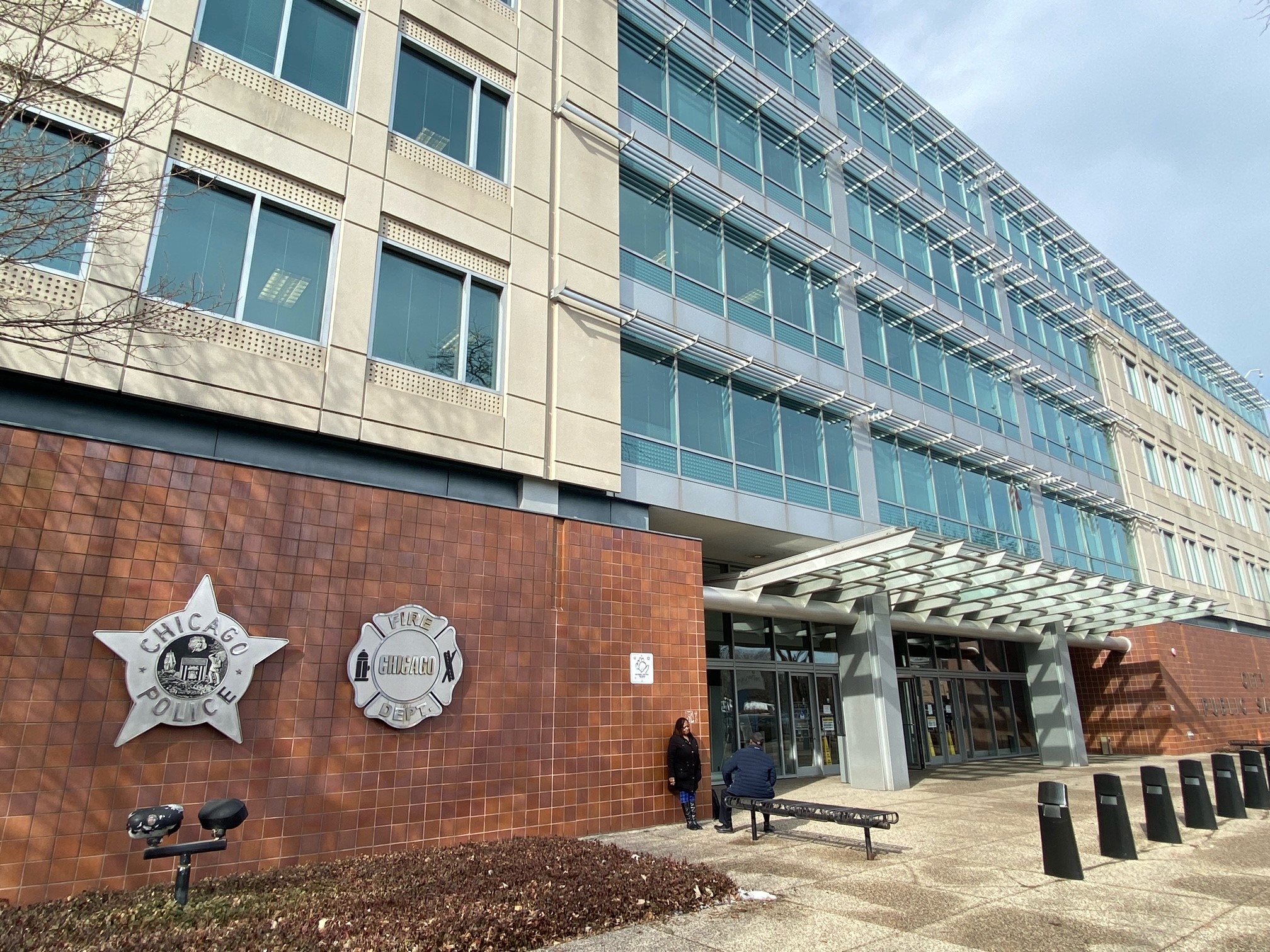Time magazine has a pretty well-balanced story about Mayor Rahm Emanuel’s first two years in office. It avoids the usual national magazine trope of lecturing Chicagoans about how grateful we should be that Rahm stepped down from his White House job to save our city. But it contributes to his mythology by putting him on the cover, with the headline “Chicago Bull.”
Is that a description of what Emanuel usually feeds out-of-town reporters? If so, author David von Drehle isn’t buying it. Von Drehle credits Emanuel with more political courage (although less political savvy) than either of the mayors Daley. He writes:
No Daley was crazy enough to cross the teachers’ union or tangle with the unionized janitors at O’Hare airport.
That approach won elections but did not solve big structural problems. Elected in 2011 after 22 years of Richard M. Daley, Emanuel inherited a cash-strapped city in a flat-broke state. Chicago has budget problems and crime problems, problems of inequality and racial division, problems of mutual suspicion and failing schools, of high unemployment and aging infrastructure. And behind it all, special interests so deeply entrenched you need spelunking gear to go after them.
Local
But Emanuel has picked the fights his predecessors avoided. His confrontational approach, he says, is the city’s best chance to retain its perch as the country’s third largest city, a Midwestern metropolis with global ambition—and to avoid a grim Rust Belt future. “The decisions we make in the next two to three years will determine the face of Chicago for the next 20 to 30 years,” he says.
On the other hand, von Drehle recognizes that Emanuel has lost support in the black community, which is beginning to see him as a tool of the city’s elite:
The mayor’s efforts at school reform, urban redevelopment, infrastructure repair and job training all seem to irritate the status quo in favor of other, often corporate, interests. Changes he has made in the police department have put a dent in crime, but that hasn’t won him the confidence of residents who experience the worst of it. Watching him court corporations and plot strategy with hedge-fund plutocrats, some of whom cut his campaign six-figure checks, Emanuel’s enemies have dubbed him “Mayor 1%.”
(Actually, Ward Room dubbed Emanuel “Mayor 1%,” then the Occupy movement picked up the nickname, printing it on placards and buttons.)
As for whether the Time cover is advertising for a presidential run, Emanuel himself says no: “No. I’m not. Never. It is not happening. I don’t know how else to say it. No...I’m done with that,” he said of Washington’s gridlock and posturing. “I worked eight years in the White House for two great Presidents. They talk about things they want to do—I’m doing it. This is the happiest I’ve ever been in public life. I’ve always wanted to be mayor.”
And von Drehle points out that “the office is a poor stepping-stone to any other job in politics. Chicago mayors are sometimes feared, sometimes scorned, sometimes ¬investigated—but almost never promoted.” (The last Chicago mayor to rise to higher office was Edward F. Dunne, who was governor of Illinois from 1913 to 1917 -- back when that was a higher office. The last mayor of any sort to serve as president was Calvin Coolidge, who was governor of Massachusetts and vice president in between).
Whatever we think about our mayor, we’re going to have live with him -- and his national press -- for awhile.
*Update: Asked about the cover photo at a morning press conference, Emanuel said: "I'm bullish on Chicago" before listing a litany of accomplishments during his time in office.



